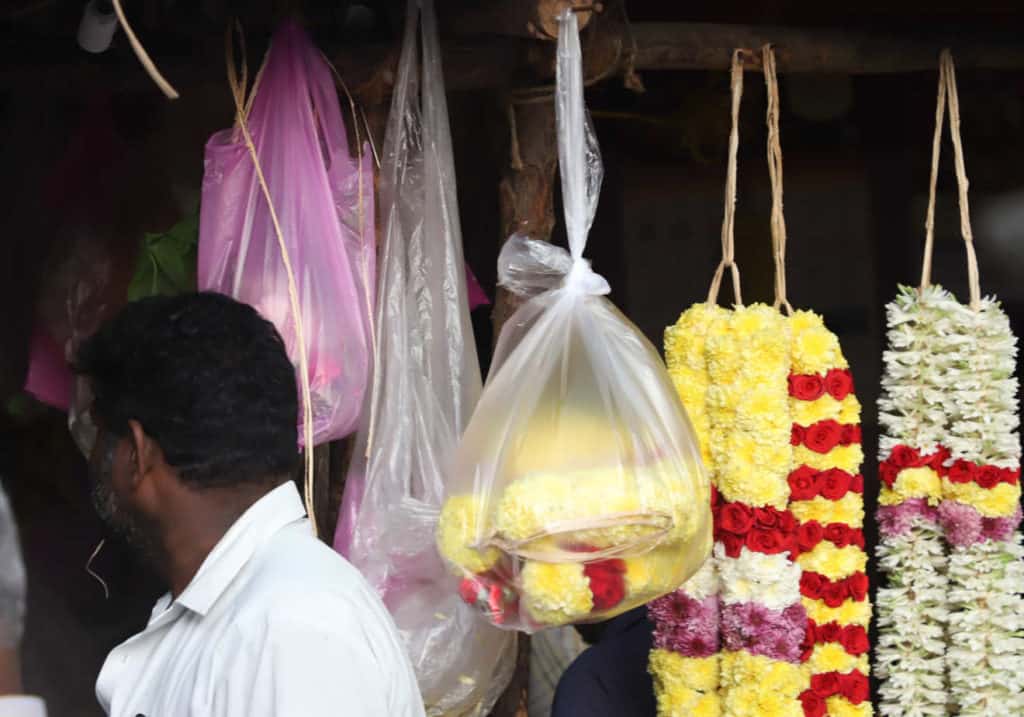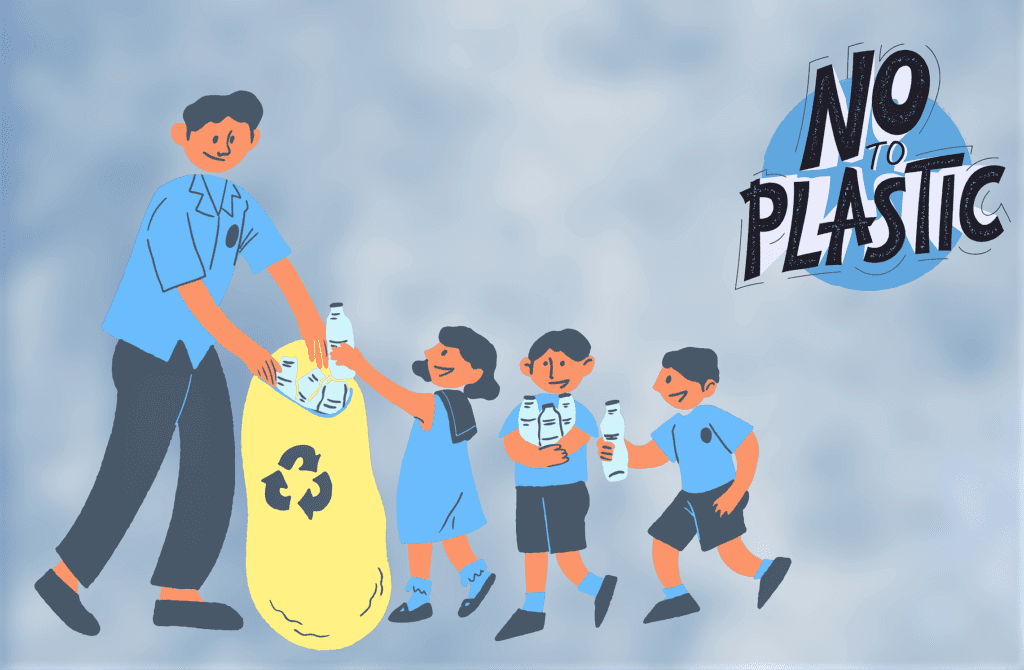India’s single-use plastic (SUP) phaseout plan comes into effect in July 2022 banning plastic use in a variety of applications under the Plastic Waste Management (Amendment) Rules 2021. This is not the first-time, however, that single use plastics have been banned in India. Following Prime Minister Modi’s pledge in 2018 to eliminate SUPs, a slew of states and Union Territory (UT) governments passed orders and notifications to ban a variety of use-and-throw plastics.
Today, most Indian states and UTs have some form of a ban on plastics; all of them have a ban on plastic carry bags. Plastic carry bags of less than 50 micron thickness have been banned in 13 states and UTs. Plastic carry bags of all thickness have been banned in 23 states and UTs (as noted in an iFOREST analysis in 2020-21 on state/ UT ban orders/notifications).
The 2021 amendment to the Plastic Waste Management Rules have also proposed a framework for extended producer responsibility (EPR) for plastic packaging waste, imbibing several progressive aspects.
While regulations are being designed in earnest and with ambition, their implementation has remained unsuccessful. Shortly after bans on single use plastics were imposed across the country (in fact within a few months of the ban), reports on their poor implementation and reintroduction of plastics emerged.
The COVID-19 pandemic further added to the complexity of implementing single use plastics ban, with increasing concern around health and safety. Failure to regulate plastics has contributed to mismanaged plastic waste finding their way into rivers and oceans with impacts on ecosystems as much as human health. Today, plastic waste from river Ganga into the ocean is among the highest in the world contributing to almost 8.19% of plastic waste by mass in the ocean.
Read more: Two years since the ban, plastic is back in a big way. Is COVID the real reason?

Analysis on failure of bans has shown lack of alternatives as a major barrier; yet, even where alternatives exist – cloth or paper bags – plastic carry bags continue to be in use. A key lesson from Kerala’s relative success with waste management has been the efforts put into public information, education and communication (IEC) campaigns. While all the SUP bans allude to the importance of public awareness, there is limited understanding on awareness campaigns that may have an impact on bettering citizens’ involvement in plastic waste management.
Read more: Seven policy measures needed to beat plastic pollution in our cities
Tips for effective communication campaigns
The CounterMEASURE for plastic free rivers is a unique initiative by the UN Environment Programme funded by the Japanese Government, providing some unique insights on stakeholders from cities along the river Ganga and its major tributary Yamuna, namely, Haridwar, Agra, Prayagraj, and Patna. This project conducted perception surveys to understand stakeholder concerns and challenges with plastic waste and pollution along the plastic value chain.

Below are five-key considerations for designing successful awareness campaigns to inspire action against plastic litter in these cities:
1. Households surveyed from these cities showed motivation to move away from plastics. However, the fact that plastics are cheap and easily available, led many households to continue using single use plastics despite the motivation to move away from them. Another key reason for continued plastic use was cited to be forgetfulness. This is understandable when plastics are so easily available that an average consumer may not stop to consider if they should buy a plastic Tupperware bottle or a metal bottle.
2. A key finding of the CounterMEASURE analysis was in terms of what respondents saw as the impact of plastic pollution. Most commonly, households remarked that plastics clogged the city drains and made the city landscape look ugly, as the main motivators to reduce their plastic consumption.
When asked about their understanding of the impact of plastic pollution on the larger environment, respondents across the four cities claimed limited to no knowledge. The impact of plastic waste on a city’s aesthetics is visible and therefore a motivator for stakeholders. Impacts on the marine environment, pollution or biodiversity loss are invisible and hence unrelatable to most stakeholders. This insight is useful in designing awareness campaigns among citizens to move away from plastic use.
3. Education campaigns or training to inform consumers on the right way to dispose of plastics was another area of interest among respondents. Often households showed interest in understanding the proper way to dispose of plastics. These trainings need to address questions such as – Which are the bins (the colour coding) meant for recyclable waste in public spaces? What types of plastic are recyclable? What should be done with single-use plastic containers containing food to make them recyclable?
Read more: The what, why and how of a plastic waste brand audit
4. Consumers are also unable to recognise not so obvious sources of plastic waste such as synthetic clothing and polypropylene bags, to name a few. In fact, when the ban on single use plastics was imposed across the city, polypropylene bags emerged as alternatives to plastic carry bags under the popular notion that these were cloth bags.
5. Finally, and perhaps most importantly, the medium of awareness. While urban local bodies indicated that hoardings and public announcements were the most common means to spread awareness on plastic waste management, a limited number of households in these cities (less than 30% in Patna and Agra) listed hoardings as a source of information on waste management for them. Most respondents pointed to TV, radio and social media as important sources of information, indicating the need to use diverse media for awareness activities.
Be the change
Awareness campaigns are an important approach towards ensuring public participation in waste management. They are certainly important to encourage the citizenry to push for a massive governmental effort towards phasing out ubiquitously used plastics.
However, when the goal is to nudge people to reduce the use of plastic – perhaps the most common material in our lives – driving change from awareness to action is challenging. Efforts must thus be targeted towards, and must truly address the needs of, the average citizen to ensure sustained change in behaviour.
This article is based on an in-depth research study conducted by Chintan Environmental Research and Action Group as a part of the CounterMEASURE II project 2021-22.